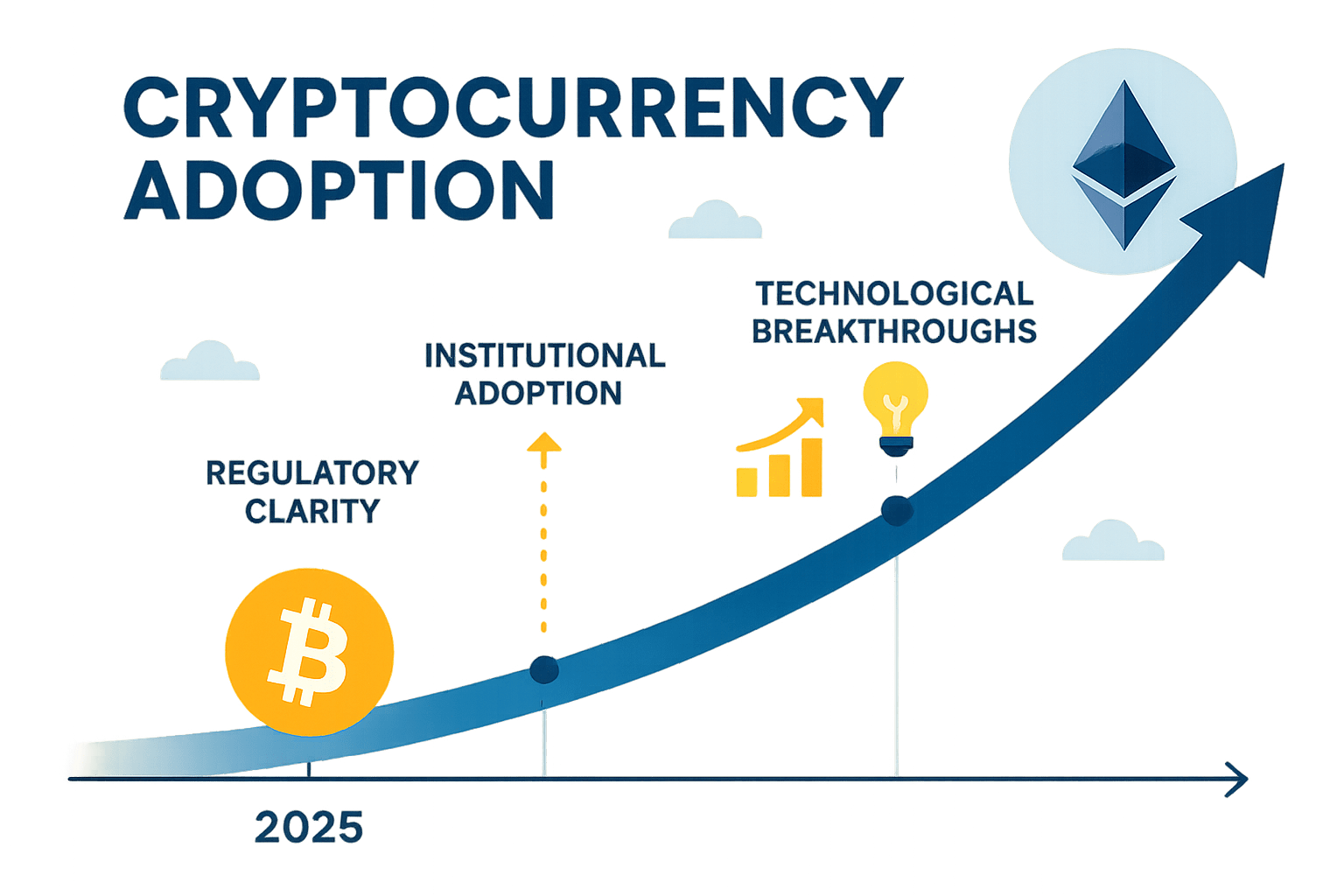
Looking back from the time point of August 2025, we are in the mid-stage of the cryptocurrency bull market. Bitcoin has broken through its historic high of $120,000, and Ethereum is also approaching its previous high point, with the total market capitalization exceeding $4 trillion at one point. Recent adjustments have caused panic among many investors, but based on historical experience, this is more like a healthy adjustment in the middle of a bull market rather than a reversal of the trend.
From a fundamental perspective, the market remains strong. The U.S. government's policy attitude towards cryptocurrencies has undergone a fundamental shift, moving from strict regulation to active embrace. The Trump administration not only allowed 401(k) retirement savings plans to invest in cryptocurrency assets but is also considering establishing a national Bitcoin reserve. This improvement in the policy environment provides long-term institutional support for the market. According to CoinShares data, cryptocurrency investment products have seen an inflow of $3.75 billion, and BlackRock's iShares Bitcoin trust has assets under management exceeding $87 billion, indicating that institutional investors' confidence is continuously strengthening.
Technological innovation is the fundamental driving force behind the development of the cryptocurrency industry. Ethereum's Layer 2 solutions have made significant breakthroughs, and the success of networks like Arbitrum, Optimism, and Polygon not only addresses Ethereum's scalability issues but also creates conditions for the realization of more application scenarios. The total locked value of these Layer 2 networks has exceeded hundreds of billions of dollars. On the application level, the innovation of DeFi protocols remains active, ranging from traditional lending and trading to emerging derivatives and insurance, and the ecosystem is becoming increasingly complete.
The market structure is undergoing profound changes. The proportion of institutional investors is continuously rising, while the influence of retail investors is relatively declining. This structural change helps improve the maturity and stability of the market. From a trading model perspective, the proportion of over-the-counter (OTC) trading is continuously increasing, with large traders more inclined to complete transactions through the OTC market to reduce their impact on market prices. From the perspective of value discovery mechanisms, the importance of fundamental analysis is continuously rising, and investors are increasingly focused on the actual application value and long-term development prospects of projects.
Of course, there are also some risk factors in the market. Policy changes are often unpredictable, especially against the backdrop of a complex political environment in the United States. Although blockchain technology is relatively mature, there are still potential security vulnerabilities and technical flaws. The volatility of the cryptocurrency market remains high, and significant price fluctuations could lead to substantial losses for investors.
For investors, the current market environment is both a challenge and an opportunity. Those who can maintain strategic focus, manage risks effectively, and seize structural opportunities are likely to achieve substantial returns in this bull market. History tells us that real wealth is often created when the market is most uncertain. The current market adjustment may be a process of accumulating strength for the next larger-scale rise.



